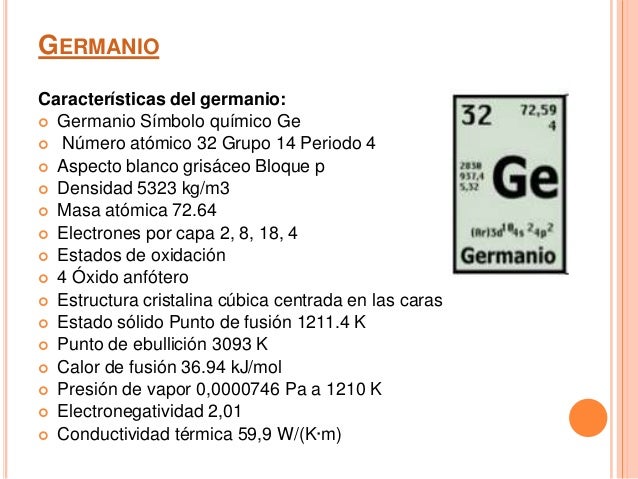
To the best of our knowledge, there are no theoretical and experimental studies addressing the optical properties of chiral silicon carbide nanotubes with different orientations of Stone Wales defects. Moreover, these calculations prove that these silicon carbide nanotubes are always semiconducting in nature. This increase in the binding energy could be attributed to the partially hetero-polar binding nature of the Si-C bonds, Therefore, silicon carbide nanotubes could be considered as the most suitable candidate for hydrogen storage, Furthermore, previous theoretical calculations prove that silicon carbide nanotubes are stable structures, with the most stability predicted for silicon-carbon ratio 1:1. Moreover, theoretical calculations proved an increase in the binding energy of around 20% with silicon carbide nanotube compared with pure carbon nanotubes. Besides, the polar nature of silicon carbide nanotubes can intrinsically be excellent sensors for detecting some toxic gases, including HCN, HCOH, CO, and NO. This could be attributed to their semiconducting nature, radiation resistance and high thermal conductivity. Furthermore, silicon carbide nanotubes are one ofthe hardest materials which suites applications designed for operations at high temperature and radiation environments. The interest in silicon carbide nanostructures emerges primarily from their extraordinary properties including high reactivity of the internal/ external surface, chemical inertness, high thermal conductivity, thermal stability, and much more.

Furthermore, theoretical studies based on density functional theory are known to be more reliable method to predict the properties of nanostructure material.

For example, silicon carbide nanostructures have been recently produced by numerous experimental works. Currently, silicon carbide nanotubes are the focus of intense theoretical and experimental research. For instance, silicon nanostructures, especially silicon carbide nanotubes have been theoretically predicted and experimentally produced. The successes in synthesizing carbon nanotubes prompted experimental and theoretical efforts on producing other types of nanostructured material.


 0 kommentar(er)
0 kommentar(er)
